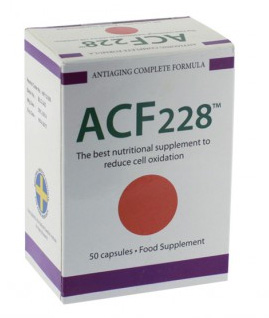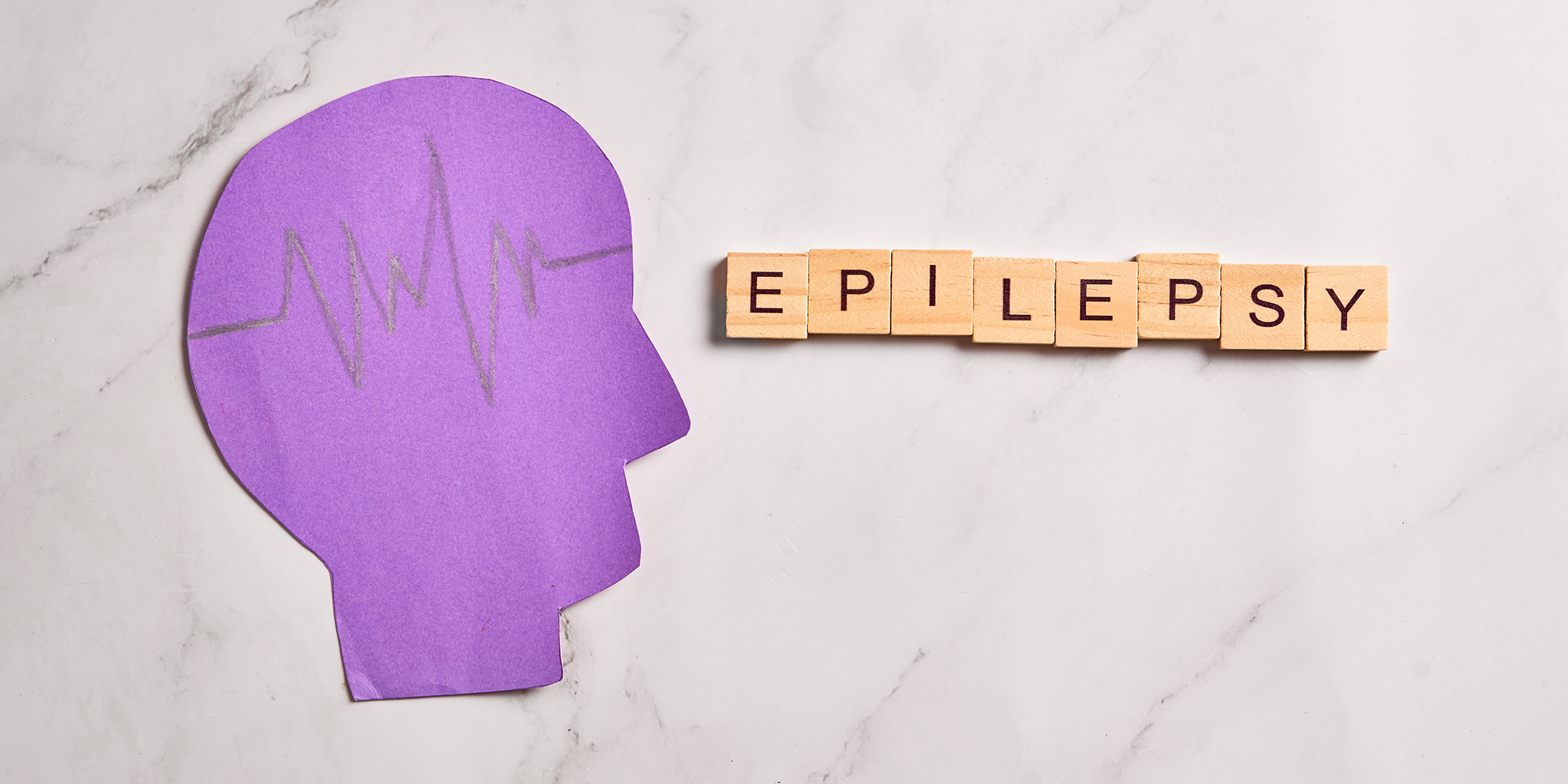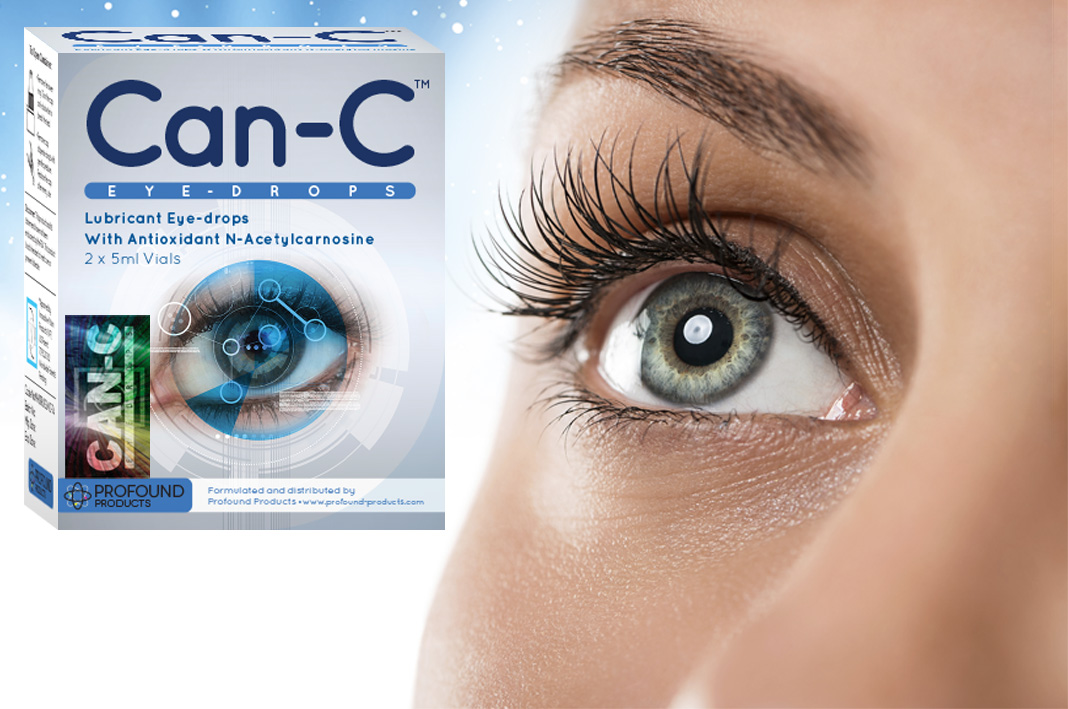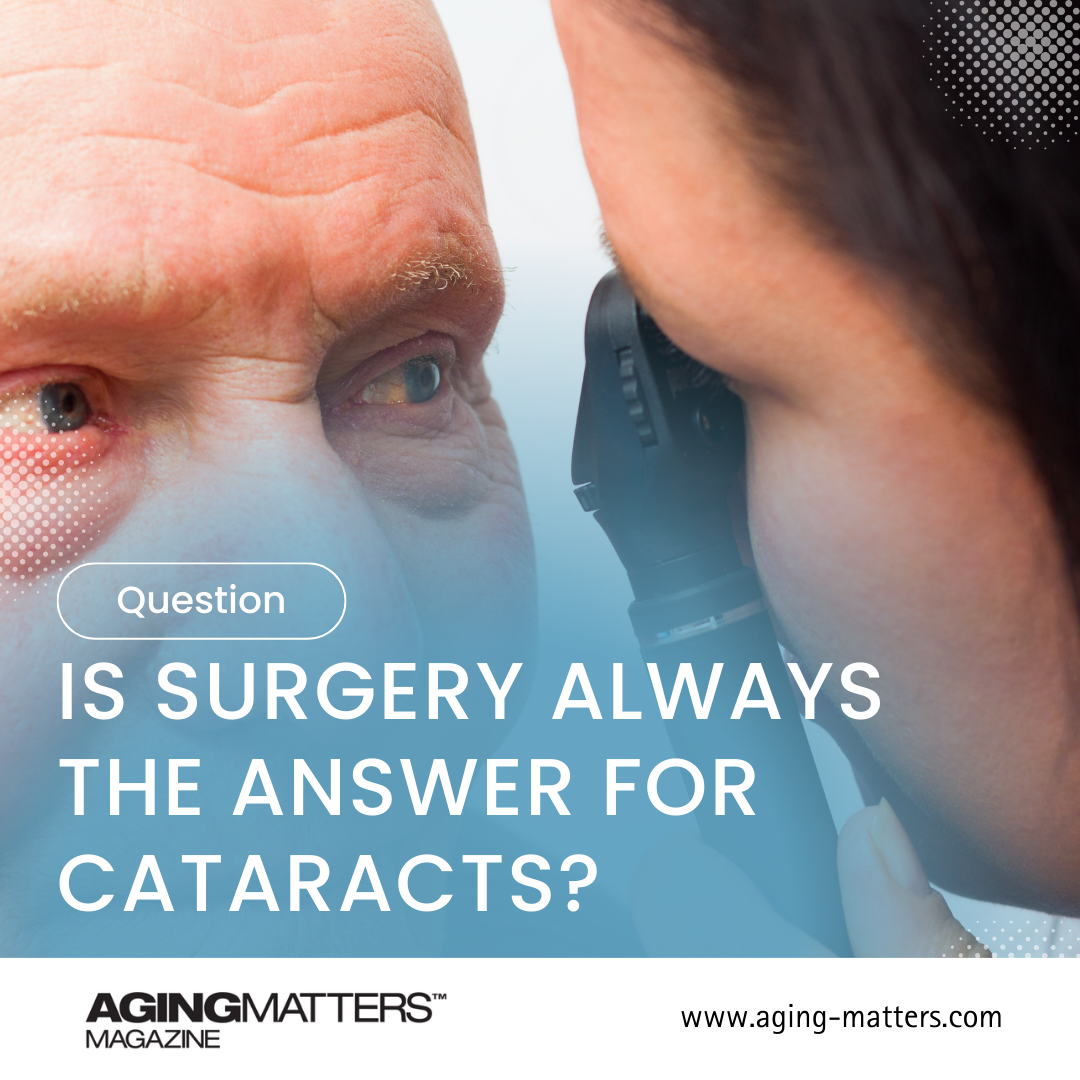
Interview with Richard Lippman PhD about free radicals, aging and ACF228®
November 26th, 2016Interview with Richard Lippman PhD about free radicals, aging and ACF228®
Phil Micans, the Editor of Aging Matters magazine interviews Dr Richard Lippman on 5/5/2014 -(herein referred to as PM and RL respectively).
PM: “Dr. Lippman it’s a great pleasure to be in your company again and thank you for coming to England.”
RL: “Thank you Phil, I’m glad to be here.”
PM: “My pleasure. Of course you’ve contributed many great articles and indeed videos to the IAS website already, but I was hoping in this interview we’re doing today to ask you firstly- how did you become a world expert in free radicals?”
RL: “During the late 1970s I was connected with a group at the Royal Institute of Technology in Stockholm, Sweden- their leading technical institute. There, I studied physical chemistry and physics. In the physics laboratory we were generating free radicals from a cobalt 60 cannon and studying the effects and damages of the various free radicals to living tissues, as well as the downstream by-products; as a consequence, I got together with a group in northern Sweden under the direction of UpJohn Pharmacia. The Professor in charge was Professor Karl LAFORGE and we had regular free radical meetings; at the time, people thought free radicals were hippies! (ha ha) But the free radicals we were discussing were reactive oxygen species (ROS) and their effects on medicine and biology.”
PM: “So what did UpJohn Pharmacia do with your research?”
RL: “They would typically study the effects of free radicals and other reactive-oxidant species, especially on the cardiovascular system. They had laboratory animals related to the chipmunk, and they would anesthetise them temporarily so they wouldn’t feel anything (nothing we did damaged the animals), and we would then stretch the pouch of their skin over a microscope to see the blood flow. We injected a dye, and then we further injected free radicals, and you could see the damage to the walls of the arteries, and then as a third step antioxidants were injected into their bloodstream, like glutathione, and you’d then see the damage repair itself after several minutes; for example, the arteries weren’t leaking anymore.”
PM: “I see.”
RL: “That gave us a clue to the damages going on in our bodies–and we were able to see it all for the first time in real time video.”
PM: “So oxidation is obviously a problem, what kind of problems does it cause in humans?”
RL: “Well, for example, if you are having breathing problems, such as asthma or COPD, then that could be because of a lack of glutathione, a powerful antioxidant that we demonstrated is important for repair in animals. If you don’t have enough glutathione in your lungs then you are likely to develop some kind of pulmonary disorder. With recent research, some of which I have done myself, we learned that the glutathione concentration level in the lung cells, the epithelial cells, is 140 times what it is in the bloodstream. Why is it so much? Because every day we are breathing in pounds of oxygen and we are generating free radicals in those epithelial lung cells–so we need to protect those cells from free radical damage, the same type we saw in the animals. In our lungs we need to maintain that 140 gradient to defend the cells against the intake of oxygen and its subsequent free radical damage.”
PM: “That makes sense. Are there any other conditions in humans that are strongly related to free radicals?”
RL: “Oh yes, many, like hardening of arteries. But there are some which we wouldn’t perhaps normally attribute to free radicals–for example, cataracts that form in the eyes, for which many people have surgery. That’s an oxidation problem gone awry in the lens of the eye. Another is wrinkles in the skin. Hormones like IGF-1 help the body generate high levels of glutathione. Glutathione is a key free radical scavenger, without which fine lines form around the eyes. Free radicals also affect the burning of fat. If your mitochondria are not burning fats and sugars properly then you gain weight as you age; this tells you that your energy factors are not working properly and the fat burning process is not what it was when we were younger.”
PM: “It is very well known that it was Professor Denham Harman in 1956 who postulated the free radical theory of aging. I’d like to have your opinion please, Dr Lippman, between aging and free radicals. What do you think?”
RL: “It is still somewhat unknown as to what it means exactly. But Dr. Harman did experiments which showed that with certain types of mice you get a 50% increase in mean lifespan. That was with a substance called BHT which we use in ACF228®. It works very well in animals, although we aren’t so sure in humans. We don’t really understand why this works still, to this day.”
PM: “I happen to know that you were nominated for the Nobel Prize in Medicine. Could you please elaborate why?”
RL: “Yes. In the early 1980s, I developed a system to directly measure free radicals and lipid peroxides in the bloodstream of humans. At the time and until this day, most people are measuring ORAC values. ORAC values are what one measures in a test tube. So 20,000 ORAC values apply in-vitro. But I developed a system to measure antioxidants in-vivo.”
PM: “That sounds very important indeed. The obvious next question is, armed with this information, what did you do with it?”
RL: “The next step was to do clinical double-blind, cross-over studies on this fresh data. Together with a lot of volunteers we measured their normal free radical/ lipid peroxide production to see how different antioxidants would work to quench those radicals, to render inactive those radicals and other reactive oxygen species. For example, effects on the superoxide or singlet oxygen- to name two potent free radicals.”
PM: “So at this point you started to put a formula together to see if these radicals could be effectively neutralised?”
RL: “Yes, I put a protocol together and did extensive measuring that went on for months. I also measured animals, but mostly humans. With those data I was able to register a product with the Swedish FDA that would help to reduce free radicals in humans. Eventually, it was also registered with the Italian FDA and even sold in the Vatican with the blessings of the Pope!”
PM: “Wonderful! So your product exists today as ACF228®- how did that come about?”
RL: “After getting permission to sell it in Europe, I was able to get US and international patents. The attorneys that looked over my US patent said it was impossible to get a longevity patent, as there wasn’t a Ponce de Leon fountain of youth. But I achieved a patent based on such studies. For years afterward, people challenged some of the active ingredients and asked if it really worked. But then the NIA–the National Institute on Aging–in 2002 assigned 3 independent government labs to test the active ingredients in ACF228® on mice. All 3 labs confirmed that it extends lifespan in mice by about 8%–and then all the doubting Thomases were silenced! So now we had both European and American evidence that ACF228® was effective in both animals and humans.”
PM: “ACF228® has 15 ingredients. How did you go about determining them?”
RL: “I discovered something that was unique about the hierarchy of free radicals. I could divide them up in the human body into different lines of defense. I invented that terminology. Today you hear people talking about lines of defense in the body. Essentially there are 4 lines of defense; the first one is catalase, an enzyme that’s used in ACF228® that renders hydrogen peroxide into harmless water and oxygen. The second line of defense is superoxide dismutase; SOD converts the hydroxyl radical into ordinary water. ACF228® contains additional ingredients that activate our own SOD to defend against that radical. The third line of defense we have is the membrane bound vitamin E and C – which are not the type we take in ordinary supplements. The body only allows 1 molecule of vitamin E for every 50 lipid molecules in a cell wall, so we strengthen that with the ingredients in ACF228®. The fourth line of defense is the ubiquitous and powerful antioxidant glutathione. We have invented another product called ACF228® Breathe Easy, where you can breathe in the dust of glutathione and other antioxidants into the lung cells, as we discussed previously.”
PM: “So clearly the ACF228 Breathe Easy is going to a boon to anybody with asthma, COPD, or other breathing difficulties.”
RL: “Yes, especially if they are tired of using the antibiotics and steroids, which have serious consequences in long term use; you can’t use them for years at a time without other medical problems arising.”
PM: “Are there other important ingredients in ACF228®?”
RL: “ACF228® has a patented substance called NDGA, or Nordihydroguaiaretic acid. This comes from the Creosote bush that is found in deserts. It was discovered that these bushes can survive very high and dry environments. For example in Death Valley, California there are temperatures of up to 150° F with intense radiation from the sun, yet these Creosote bushes survive. That led me to discover this powerful antioxidant in them.”
PM: “Fascinating. I happen to know that Creosote bushes have one of the longest lifespans of flora of up to 13,000 years.”
RL: “Right, thanks to their protection from radiation via NDGA.”
PM: “I think you’ve really covered a lot of ground for us in terms of the benefits of ACF228®, but I think we should ask if there are any side effects or contraindications.”
RL: “None whatsoever, since 2 European FDAs have tested it without issues and then the American government also found no side effects. So this is a very safe product.”
PM: “Good news indeed. So for anybody interested, how do they dose ACF228®?”
RL: “I think that many people who are not aging that fast, perhaps those under the age of 50, it’s okay to take 1 capsule per day. But for people who know they are aging rapidly–and they are usually over the age of 50– then I would recommend 1 capsule per meal. Why? Because it is very easy to remember when you are eating to take 1 capsule with your food. One also might remember to take other supplements, too. Then you don’t have to have a special time in mind. Also, as they are food supplements, why not take them with food!”
PM: “Good advice. We’ve covered a lot of ground. Is there anything else you would like to say in conclusion?”
RL: “I’d like to summarize by saying that many of the most toxic substances on the planet are generated internally in our cells, or externally by radiation. We naturally defend against these toxins with our cells’ 4 lines of defense. Fortunately, we can further boost these lines of defense with supplements such as ACF228® capsules and Breathe Easy, as well as IGF-1 and growth hormones.”
PM: “Dr. Lippman I would like to thank you for all your wonderful research and also all your valuable time that you have given us today.”
RL: “Thanks Phil, my pleasure.”








